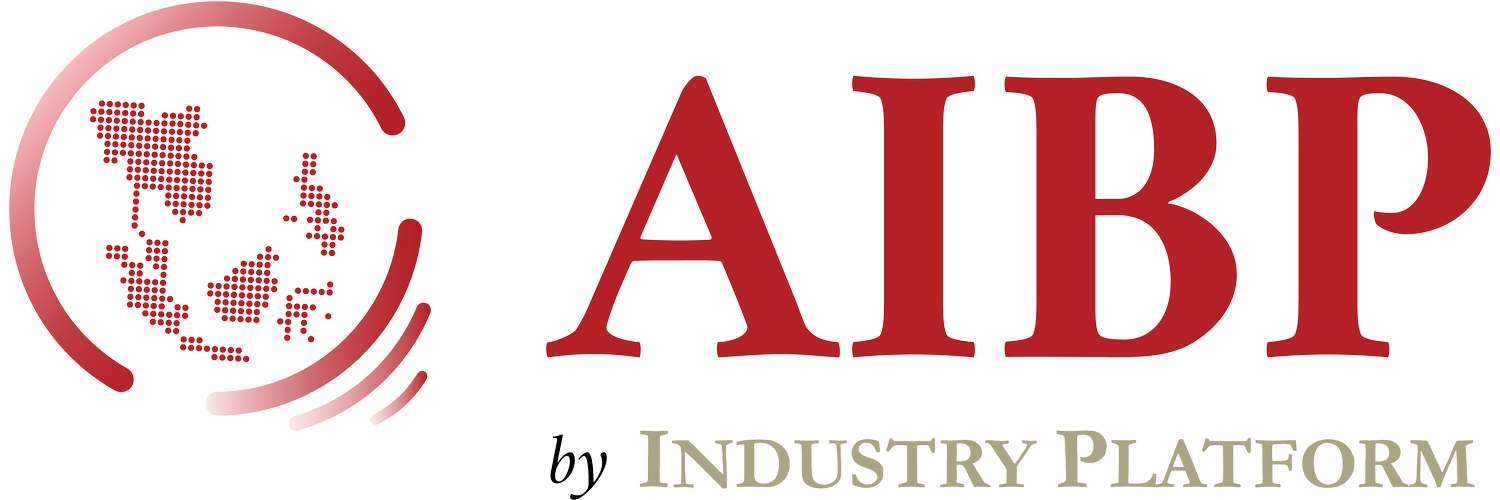Built to Last: Balancing Legacy and Innovation in Indonesian Enterprise Automation
The road from proof-of-concept to production remains fraught with familiar tensions: integration hurdles, the need for reskilling, and the ever-present challenge of cost.
According to AIBP’s ASEAN Enterprise Innovation Survey, 75% of Indonesian enterprises plan to invest in AI and machine learning, with 37% eyeing robotic process automation over the next two to four years. Yet even with this enthusiasm, executives remain cautious, prioritising projects with clear returns and strategic value to avoid costly, fruitless experiments.
AIBP, in partnership with the Ministry of Communications and Digital Affairs of the Republic of Indonesia (KOMDIGI) and supported by Red Hat, Indonesia industry leaders explore what it means to automate wisely: what trade-offs are worth making, what legacy systems to retain, and how to protect both data and people in a market in flux.
On the Ground: Pragmatism Over Perfection
While newer, more agile tools flood the market, the reality for many organisations is something more pragmatic: bridging the old and new without losing either functionality or momentum.
At Astra Otoparts, one of the country’s largest automotive parts manufacturers, complexity goes beyond internal operations. Legacy systems, instead, remain deeply embedded across partner networks. In such an interconnected landscape, full-scale replacement is neither feasible nor desirable.
“We keep the momentum going through task forces and continuous communication across our group. Lessons from teams already further along in their digital journey can be transferred, what we call a ‘digest break’, to help other units replicate success in their own way.”, explained Yusak Kristian Solaeman, Vice President Director from Astra Otoparts.
This approach of gradual, internal rollout is becoming more common as large, top-down transformation programs are costly and often face internal pushback.
Similarly, for one of Indonesia’s largest shipping and logistics companies, the sheer geography of the archipelago presents structural inefficiencies. Rather than chase wholesale transformation, they are building in-house tools, growing internal capability, and gradually integrating with partners and regulators.
“There’s always pressure to prove ROI. The goal is simple, keep costs stable while delivering real value. No sudden jumps—just smart, steady improvements.”, Fariz Nusantara, VP from Pertamina International Shipping shares.
This steady, bottom-up strategy is about embedding new capabilities where they’re needed most without derailing what already works. Over time, small improvements like better integration or modest cost savings can build momentum and shift perspectives.
Plugging the Quiet Drain: Tackling Unseen Cost Drivers
Manually tracked and often siloed, data often only tells fragmented views of variety, volume, and velocity across the business.
In industries like shipping, manufacturing, and energy, where value chains sprawl across borders and systems, these losses go unnoticed for years. They hide in paperwork, linger in silos, and slip past under old assumptions.
One major Indonesian shipping company tackled this head-on by targeting system anomalies. They installed IoT sensors at key flow points to gather real-time operational data, focusing on three critical issues: slow pumping, reduced vessel speeds, and volume discrepancies.
In multi-site environments, one-size-fits-all platforms rarely deliver. Static dashboards and siloed insights often lack context and agility.
Industry leaders agree: They need infrastructure that supports real-time visibility and action whether from a Jakarta control center or a sensor hundreds of kilometers offshore. That means integrating legacy systems where necessary and modernising at the edge where the impact is immediate.
“Flexibility is essential, especially in industries like mining and shipping where IoT deployments are common and connectivity can be unpredictable. It’s about building future-proof infrastructure that lets you adapt and expand when you're ready, without disrupting what already works.”, said Vony Tjiu, Country Manager for Red Hat Indonesia.
Securing the Stack: Cybersecurity and the Role of Automation
In an era where a single misconfiguration can cost millions, peace of mind may be the most valuable output automation delivers. According to our annual AIBP ASEAN Enterprise Innovation Survey, 39% of enterprises cite cybersecurity as a top challenge in their digital transformation journey. And more often than not, the biggest threats stem from within: a missed patch, an overlooked checklist, or a simple misconfigured setting.
That’s why automation and standardisation are becoming essential especially in hybrid setups. Pre-approved workflows and automated checks not only speed things up but ensure consistency. In one case, standardised infrastructure provisioning reduced server readiness time from two weeks to just 30 minutes.
For Pelindo, Indonesia’s state-owned port operator, cybersecurity is treated as a company-wide priority. Their digital backbone includes a centralised Security Operations Center (SOC) in North Jakarta, overseeing all ports and operational sites nationwide in real time.
“We try to give every stakeholder a clear mission. By mapping our business processes end to end, we’ve minimised gaps and improved response times. And we’re lucky to have a dedicated cybersecurity group within the organisation focused solely on this area.”, shares Febriandika Putra Anggia, Department Head Research & Innovation from Pelindo.
Firewalls, network sensors, and detection tools scan for threats continuously while AI capabilities help isolate issues by user, device, or location and escalate them appropriately. Human analysts remain in the loop, focusing on investigation and remediation when it matters most.
This hybrid model offers resilience and builds what every business seeks: trust in the system.
Transformation on Local Terms
Indonesian leaders are approaching digital transformation with precision: modernising selectively, integrating where necessary, and automating to minimise risk.
From bridging lgacy infrastructure to securing hybrid environments and scaling AI with intent, the focus is on execution over ambition. In a market shaped by regulation, geography, and operational complexity, digital transformation is happening step by step, grounded, deliberate, and built for the long term.



